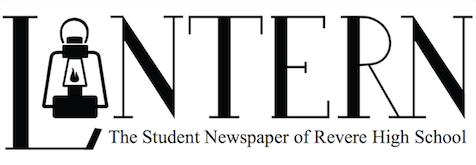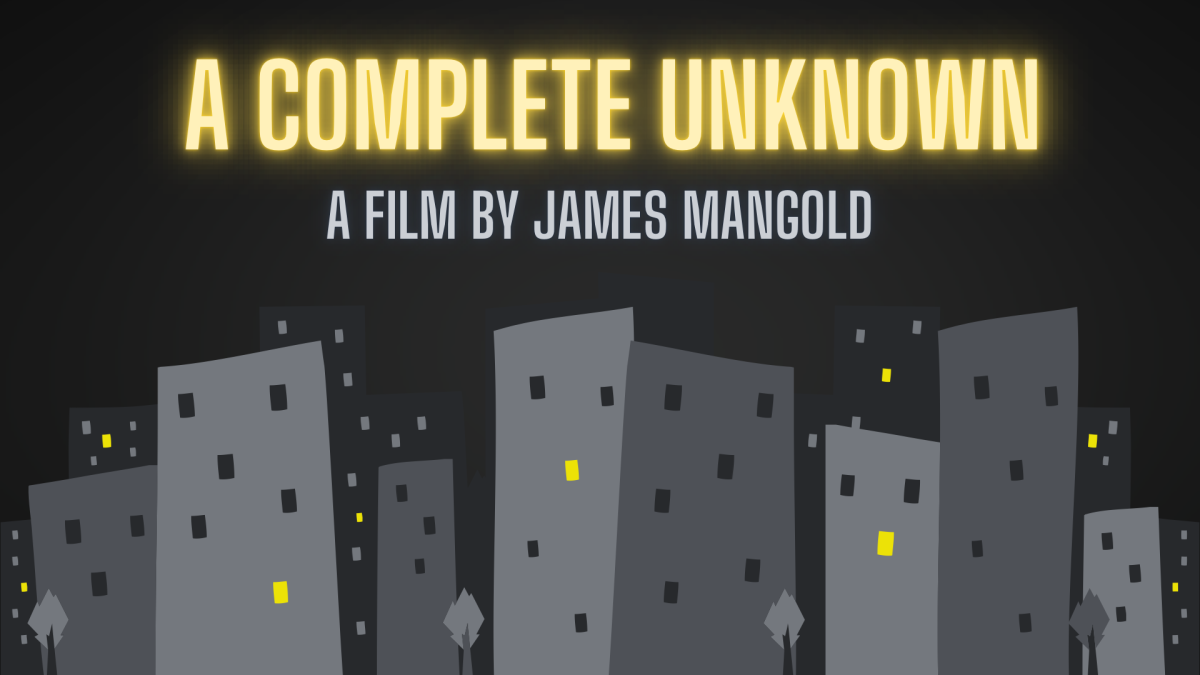On October 21, after attempting to enter Firestone Learning Community Center without passing through metal detectors, a student was asked by the school’s two School Resource Officers (SRO) to go through like everyone else. When he refused, the officers used force to detain him, and once he was under control Officer Zachary McCormick, seemingly unprompted, punched the student at least three times in the back of the head. McCormick says he was trying to gain physical control of the student.
SRO Zachary McCormick has been put on administrative suspension while the incident opened up a discussion in Akron Public Schools and sparking a policy review of SRO training.
To become an SRO, Ohio law states an officer must go through a forty hour training period that educates them on how to deal with students and administration while training them on tactics to de-escalate situations such as physical altercations or more serious threats. Ideally, an SRO is meant to be a resource for students, create connections with them and keep them out of jails, but many officers are transferring into schools as a disciplinary measure and have no real passion or interest in working with students.
Based on this incident and similar situations in other districts, one may argue that having officers in a school setting creates potentially dangerous situations for students by giving power to people with the wrong mindset and experience and does the opposite of the intended goal by creating a pipeline to prison.
However, there are many instances in which SRO’s have been able to intervene in a positive way for students. Research shows that schools with SROs have seen a dramatic increase in firearm detection as well as a reduction of fights and threats. Revere High School’s SRO, Scott Dressler, has been a resource office for eight years and believes school’s should be taking a different approach with the SRO program.
“We can have metal detectors and locked doors and door alarms and AI detection, but if you don’t have that relationship and that trust with your students, with your staff, with your community, then none of that means anything,” Dressler said.
Would it not be more effective for schools to provide a training program focused on understanding safer preventive measures and building connections with students, instead of bringing in officers who are uninvested and often used to handling more dangerous threats?
Whether it is emotionally, socially or academically, everyone struggles with something during their high school career. Most of the time, students are not threats that need to be handled, but kids who need to be heard. Having resources like SRO’s who are there to help students stay out of trouble, or better to help them navigate their behavior and understand their actions, can be very powerful.



